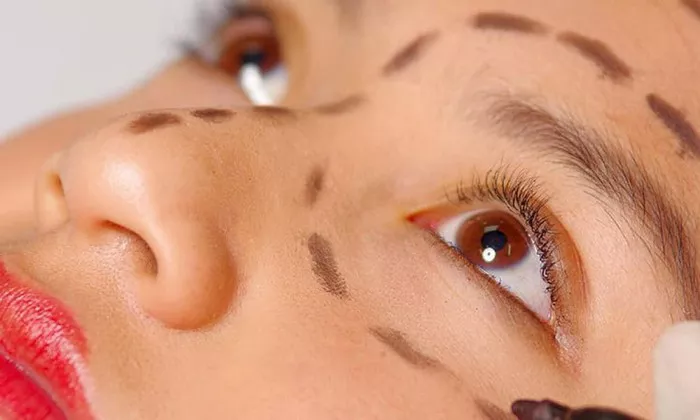Droopy eyelids, medically known as ptosis, can affect both the appearance and functionality of the eyes. Whether due to aging, genetics, or other factors, many individuals find themselves seeking solutions for this concern. This article aims to provide insights into the causes of droopy eyelids, available treatment options, and considerations to help individuals make informed decisions about addressing this issue.
Understanding Droopy Eyelids
Droopy eyelids occur when the skin, muscles, or tissues that support the eyelids weaken, causing the upper eyelids to hang lower than normal. This can lead to a tired or aged appearance and, in severe cases, obstructed vision. Droopy eyelids can be a result of natural aging, genetic predisposition, muscle disorders, nerve damage, or trauma. Understanding the underlying cause is crucial for determining the appropriate treatment approach.
Non-Surgical Solutions
For those with mild to moderate droopy eyelids, non-surgical approaches can offer visible improvements without the need for invasive procedures. Some options include:
Eyelid Exercises: Specific exercises that target the muscles around the eyes may help strengthen the eyelid muscles and improve their lifting ability.
Cosmetic Products: Makeup techniques, such as using eyeshadow and eyeliner to create the illusion of a lifted eyelid, can provide a temporary improvement.
Botox Injections: Botox injections can be strategically administered to lift the brows and upper eyelids, creating a more open and awake appearance.
Surgical Interventions
When droopy eyelids significantly affect vision or aesthetic concerns persist, surgical interventions may be necessary. Two common procedures are:
Blepharoplasty: Also known as eyelid surgery, blepharoplasty involves removing excess skin, fat, and sometimes muscle from the eyelids to create a more youthful and lifted appearance.
Ptosis Surgery: This procedure specifically addresses droopy upper eyelids by tightening the muscles responsible for lifting the eyelids. Ptosis surgery can help improve both the appearance and functionality of the eyes.
Factors to Consider
Before pursuing any treatment for droopy eyelids, several factors should be considered:
Underlying Cause: Identifying the root cause of droopy eyelids is crucial to determine the most appropriate treatment approach.
Severity: The severity of the droopiness will influence the recommended treatment options, ranging from non-surgical to surgical interventions.
Medical History: Discussing your medical history, including any pre-existing conditions or allergies, with a healthcare professional is important to ensure safe and effective treatment.
Expectations: Having realistic expectations about the outcomes of treatment is essential. While improvements can be achieved, complete symmetry and perfection may not always be possible.
Professional Consultation: Seeking the advice of a qualified medical professional, such as a dermatologist or an ophthalmologist, is vital to receive personalized recommendations based on your individual needs and goals.
Conclusion
Droopy eyelids can impact both appearance and vision, prompting many individuals to explore solutions to address this concern. From non-surgical options like exercises and makeup techniques to surgical interventions like blepharoplasty and ptosis surgery, various approaches are available to cater to different needs. Consulting a knowledgeable healthcare professional will ensure an accurate diagnosis, personalized recommendations, and the best course of action to achieve the desired outcome—ultimately restoring confidence and revitalizing the eyes.


